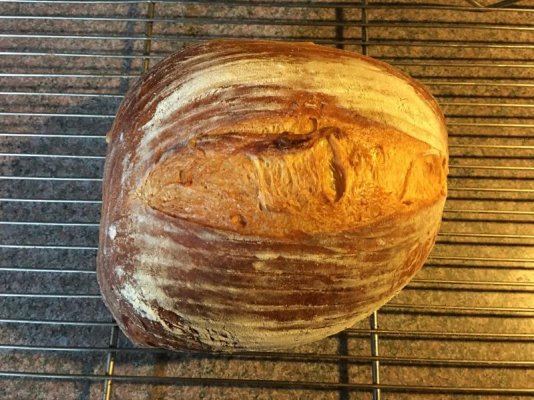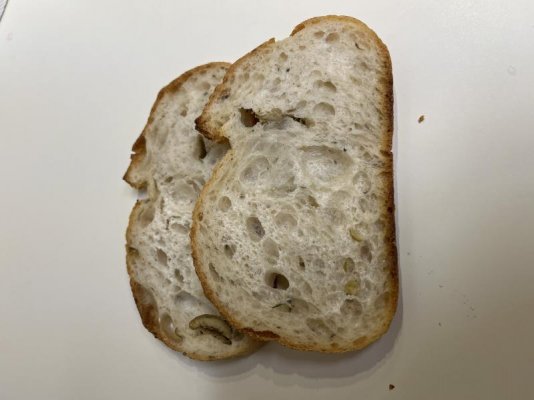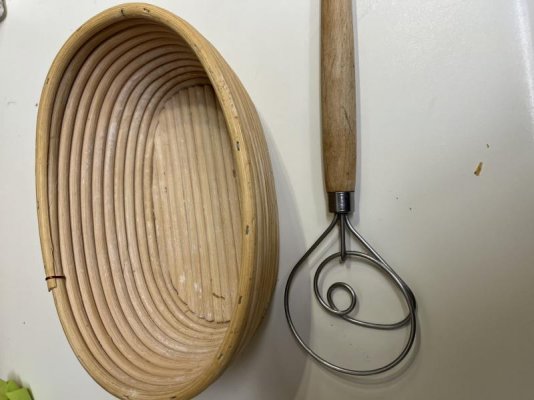Cooking4Fun
Senior Cook
https://www.melskitchencafe.com/french-bread/
Tried this recipe. Used all 6 cups of flour. Bread flour. I don't have standing mixer so mixed with hands. Used metal bowl greased with olive oil. Regreased to keep from sticking. Kneaded in bowl as I don't really have table space. If kneading increased dough density as internet says than debating as to whether I should have. It was super sticky to work with and folding instructions were confusing without photos. Baked in loaf pan as I don't think anything mentioned what to cook in.
Ultimately was moist and generic looking on inside. Looked same on inside as picture but nothing like the outside. I don't think my boning knife cut into the top at all.
I want bread much crisper, saltier, and with giant air pockets on inside. This bread was nothing like French bread in home economics class. Any ideas?
Tried this recipe. Used all 6 cups of flour. Bread flour. I don't have standing mixer so mixed with hands. Used metal bowl greased with olive oil. Regreased to keep from sticking. Kneaded in bowl as I don't really have table space. If kneading increased dough density as internet says than debating as to whether I should have. It was super sticky to work with and folding instructions were confusing without photos. Baked in loaf pan as I don't think anything mentioned what to cook in.
Ultimately was moist and generic looking on inside. Looked same on inside as picture but nothing like the outside. I don't think my boning knife cut into the top at all.
I want bread much crisper, saltier, and with giant air pockets on inside. This bread was nothing like French bread in home economics class. Any ideas?




